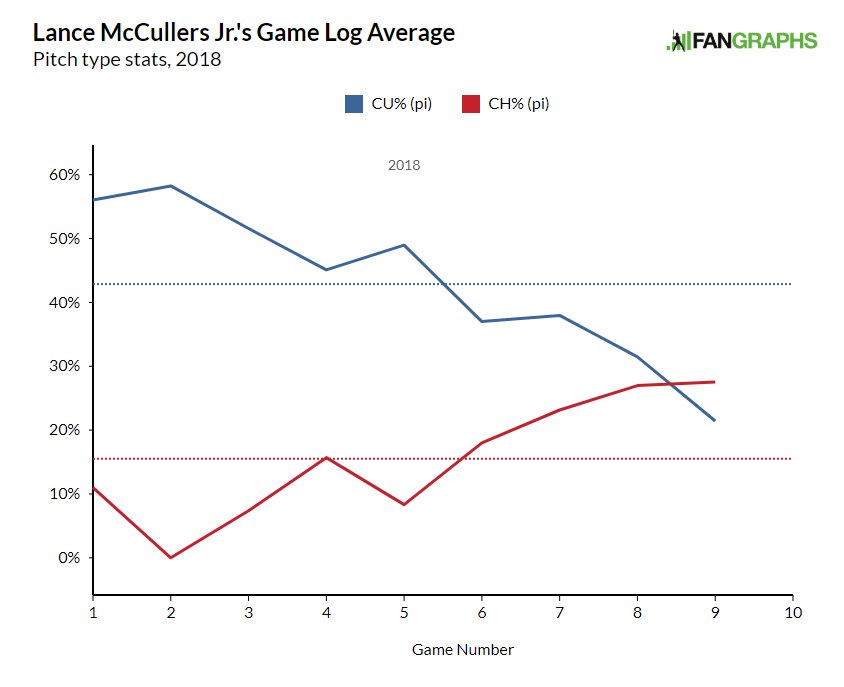Juan Soto Is the Fastest to Majors Since A-Rod
Since 1990 (in which year, Rich Garces represented the season’s only teenage debutante), only 14 hitters have debuted in the big leagues shy of age 20. With his appearance pinch-hit appearance on Sunday for the Nationals, Juan Soto just did it less minor-league time than nearly all of them. Soto’s 2017 season was buried under injuries (a fractured ankle, a broken hamate bone that required surgery, a hamstring issue), which limited him to just 32 games. When he stepped into the batter’s box this weekend, he did so having played just 122 minor-league games before his debut, the fewest for a teenage hitter since Alex Rodriguez debuted as an 18-year-old in 1994 after just 114 games.
| Year | Player | Position | Team | Debut Age (Y.D) |
|---|---|---|---|---|
| 1991 | Ivan Rodriguez | C | TEX | 19.205 |
| 1994 | Alex Rodriguez | SS | SEA | 18.346 |
| 1995 | Karim Garcia | OF | LAD | 19.308 |
| 1996 | Andruw Jones | CF | ATL | 19.114 |
| 1996 | Edgar Renteria | SS | FLA | 19.277 |
| 1998 | Adrian Beltre | 3B | LAD | 19.078 |
| 1998 | Aramis Ramirez | 3B | PIT | 19.335 |
| 2001 | Wilson Betemit | SS | ATL | 19.320 |
| 2003 | Jose Reyes | SS | NYM | 19.364 |
| 2004 | Melvin Upton Jr. | SS | TB | 19.347 |
| 2007 | Justin Upton | RF | ARI | 19.342 |
| 2011 | Mike Trout | CF | LAA | 19.335 |
| 2012 | Jurickson Profar | SS | TEX | 19.195 |
| 2012 | Bryce Harper | RF | WAS | 19.195 |
| 2018 | Juan Soto | RF | WAS | 19.207 |
Edgar Renteria was pushed to the Midwest League as a 16-year-old and, by the time he was in the majors, had three times as many games under his belt than Soto. Justin Upton was drafted out of high school in 2005 and held out until January. (I guess there’s one good thing about the new CBA.) Then he tore through the minors and debuted in August of 2007 after seeing action in about 200 games. Trout signed quickly after he was drafted and played in the AZL that summer, then split his first full pro season at Low- and High-A, after which he was already at 175 games, and he needed 75 more and a Peter Bourjos injury the following year to debut.

